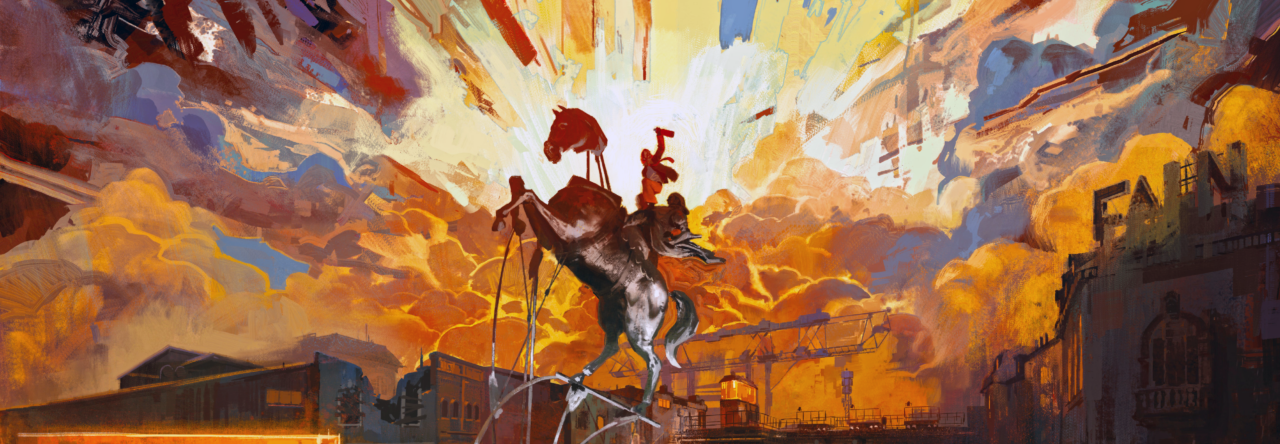About Knowledge
This week, the course introduced the concept of Mapping the Field in curatorial practice. The content focused on how to understand power structures and historical narratives within contemporary curatorial practice, particularly exploring the Centre-Periphery model, the importance of Collectives, and ways to critically assess different art organisations and platforms. The class also continued the idea of “authentic learning” introduced in Week 1: emphasising that curating is not just an individual artistic conception, but a process that requires social interaction and collective decision-making.
About Discussion
In the class discussion, Emily pointed out the importance of individual equality, which sparked a lot of reflection for me. Many of my former classmates and colleagues were admirers of Max Weber. We were used to a leader-member structure. Usually, in the institutions I worked for in China, the more formal the organisation, the more obvious the hierarchy — leadership often combined elements of tradition, legal authority, and charisma.
This kind of self-organisation could quickly mobilise resources to push tasks forward. Younger people, however, seem more willing to accept what Uhl-Bien, Mary (2017) describes as relational leadership. From my own life experience, I believe that responsibility does not have to be equally distributed — if you are willing to take on more responsibility, you gain more power, and thus become a leader.
But Scottish society seems to have a broader social contract, placing stronger emphasis on keeping rights and responsibilities as equal as possible. Reflecting on my past experiences in collective collaboration, I realised that although traditional hierarchical systems can improve efficiency to some extent — for example, by resolving disputes through quick decision-making — in the context of Edinburgh, where inclusion and dialogue are valued, creating an open and equal space for discussion better fits contemporary curatorial ideals.
Perhaps leadership is not a position but a dynamic process constantly generated through social interaction, highlighting collaborative networks rather than hierarchical commands (Raelin, Joseph A, 2016).
This made me feel a bit uneasy, because I was afraid that using my old way of thinking might offend others — especially since most of my group members are women (it’s… very subtle).
This model, which does not rely on constructing order but is based on real feedback, made me realise that Collaborative Learning itself is a small anti-capitalist practice — exchanging labour directly for labour, instead of trading through power or prestige.
It seems built upon: Collective Working, Visual Collaboration, and Reflective Feedback.
So when Adam set up a shared document on Miro, I thought it was a great idea.
About My Project
This week, I gained a clearer foundational understanding of my future Individual Curatorial Project. Through reading and class discussions, I confirmed that I now grasp the difference between Contemporary Curating and traditional museum exhibitions.
However, new questions also came up, such as:
Do I need to consider funding, resources, and legal issues for my curatorial plan?
I am not Scottish, nor do I have British nationality — am I even eligible to carry out a curatorial project here?
When applying for funding, will I face particular restrictions because of my status?
Also, what scale of curatorial project would be considered appropriate for our current stage (student level)?
—–
References
-
Enwezor, Okwui. 2002. The Black Box: Documenta 11_Platform5: Exhibition Catalogue. Ostfildern-Ruit: Hatje Cantz.
-
Herrington, Jan, and Ron Oliver. 2000. “An Instructional Design Framework for Authentic Learning Environments.” Educational Technology Research and Development 48 (3): 23–48.
-
Obrist, Hans Ulrich. 2014. Ways of Curating. New York: Farrar, Straus and Giroux.
-
Smith, Terry. 2012. Thinking Contemporary Curating. New York: Independent Curators International.



Leave a Reply